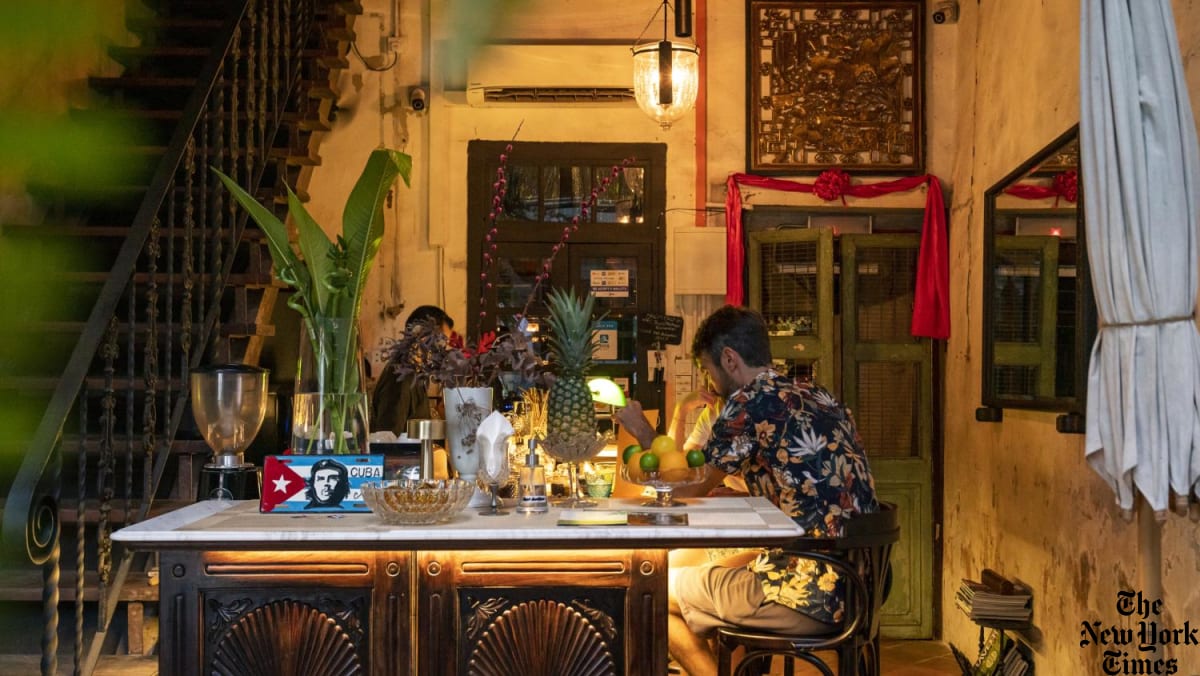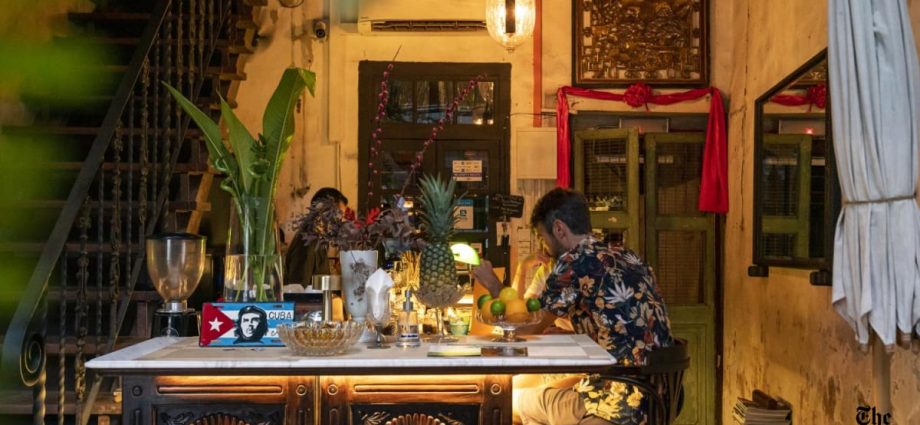
The listing describes George Town as “a unique architectural and cultural townscape without parallel anywhere in East and Southeast Asia,” a product of 500 years of trade and exchange between East and West.
The island was annexed by the British in 1786 and flourished as a trading entrepot, with Chinese and Indian immigrants mixing with the local Malay population to produce a vibrant community in which English was (and still is) the lingua franca.
The city was eclipsed commercially by ports like Singapore many decades ago, but Penangites, as they call themselves, remain an inventive, multicultural community and are, in general, fiercely proud of their city.
For visitors, all this leads to the serendipitous pleasure of wandering the warren of narrow lanes looking to stumble across another wonderfully photogenic facade painted in a mixture of delicate pastels with red or black louvred wooden doors and elaborate carved gold inlays.
There’s also the possibility that one of those doors will lead to the perfect cup of coffee. Or a plate of fried noodles. Or a one-star Michelin restaurant serving Nyonya cuisine, a fusion of Chinese, Malay and Indonesian cooking that the Michelin Guide calls “an exhilarating combination of all things tangy, spicy, herbal and aromatic.”
Some of the shophouses are perfectly restored plaster cornices gleaming with fresh pink, baby blue or buttercup yellow paint. But this is no movie set: The neighbour of the hidden door that leads to a nightclub might be a garage resounding with the clang of tools being dropped and car bodies being hammered. For all its hidden charms, George Town is still noisily alive.

